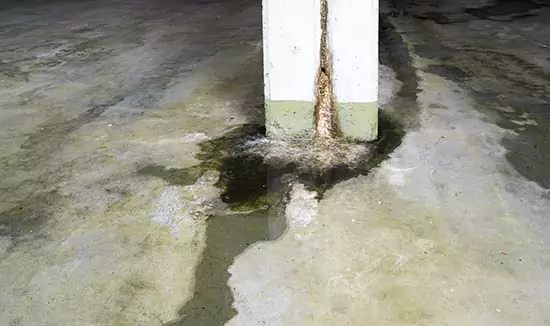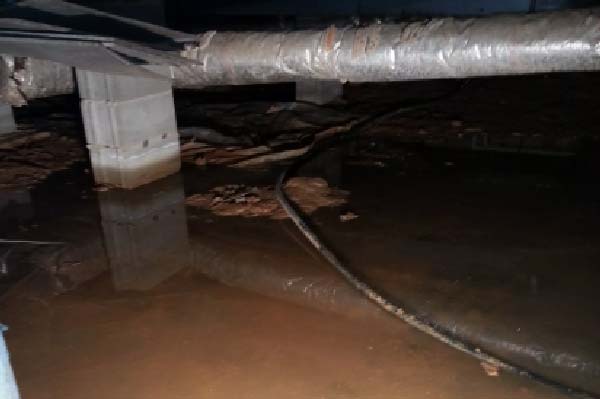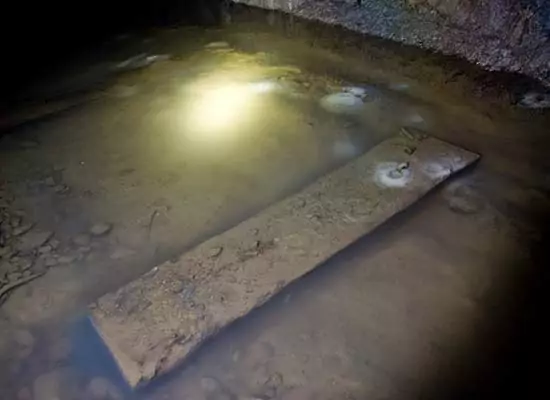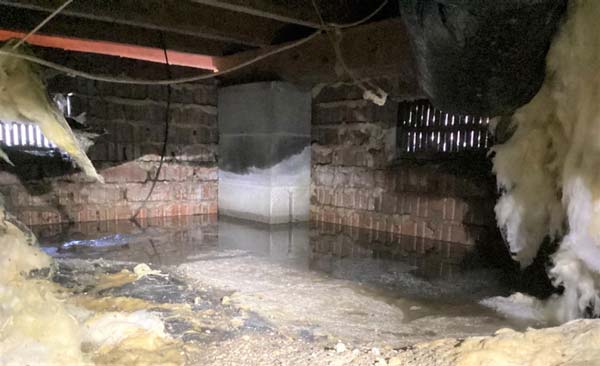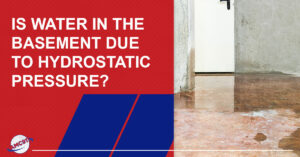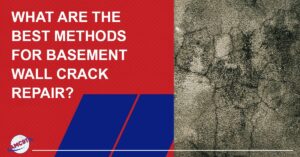Regardless of where you live, there’s water in the ground. In the Hampton Roads area we are surrounded by water above ground, from lakes, rivers and ocean. Typically, ground water settles at a certain level in the ground below and this level is known as the “water table.” This is a pretty consistent measurement that is determined by types of soil in the area, elevation, proximity to large bodies of water and other topographical features.
In the event, however, of a major snowmelt or prolonged heavy rains, the water table can rise and, when it does, crawl space or basement water problems often occur. Moisture creeps into the home and your foundation is impacted by the hydrostatic pressure that creates.
How Changes in Ground Water Cause Crawl Space or Basement Flooding
It is helpful to understand more about the water table and what affects it.
In the Hampton Roads area, for example, there are several key factors that determine the level of groundwater. A very significant one is the region’s proximity to several types of bodies of water. Being near a large body of water causes the water table to be higher than elsewhere because of the water’s tendency to be absorbed inland and for groundwater to seek the same level as the various bodies of water around it.
Also, the soil in this region has quite a bit of clay in it (unless you are on a coastline where you have sandy soils). This clay soil is less absorbent than sandy soils and a substantial layer of clay can serve as sort of a sealant that holds water in, leading to drainage issues.
So, what does this mean to your crawl space or basement?
When the water table rises, it rises everywhere across the affected region and that means that it also rises underneath your foundation. This creates a drastic increase in hydrostatic pressure against the foundation and that forces water into the crawls space or basement through even the most minuscule of openings, or through the uncovered soil at the bottom of your crawl space. Also, as it penetrates your foundation it compromises its integrity. Worse yet in the winter months when that water freezes, it expands creating further foundation damage.
In a basement situation, preventing water seepage due to hydrostatic pressure is as simple as installing SDS drainage system on the interior or EZ Flow system on the exterior of the foundation walls. These systems alleviate hydrostatic pressure and carry the water off to a sump pump for discharge from the foundation. They also prevent water from entering the foundation by catching it on the outside of the walls and carrying it away from their home before it can cause damage.
In a crawl space situation, preventing water seepage into the undercarriage of the home is as simple as installing full encapsulation material under the home to prevent water from raising up from under the ground, with sump pumps to capture any moisture that creeps in or remains and carrying it away from the home.
These is just two solutions to the problem, there are other drainage solutions that can put in place to alleviate hydrostatic pressure affecting your home. At AMC911.com, we understand how elevations in the water table can cause damage to your home and we have installed literally miles of SDS/EZ Flow systems, vapor barrier, and thousands of sump pumps to prevent such damage. This and other services have kept homes dry and healthy for thousands of satisfied customers for over 30 years, so why not ask for our free advice when you know we are approaching rainy and cold weather season?
Other Things You Can Do to Help Keep Water Out of Your Crawl Space or Basement
There are some other things you can do to prevent foundation trouble caused by excess moisture in the ground around the foundation. These include the following:
- Regrade your yard, if necessary – This means ensuring the ground gently slopes away from the foundation. You don’t want water flowing toward the foundation because it can cause hydrostatic pressure to build up, potentially leading to cracks and other damage.
- Install downspout extensions – These redirect rainwater away from the foundation and into a safe drainage area before release. Without proper downspout extensions, water can collect near the foundation.
- Clean gutters regularly – Blocked gutters can cause water to overflow and soak the ground around the foundation, increasing the risk of damage. Regular cleaning and maintenance of gutters can prevent this from happening.
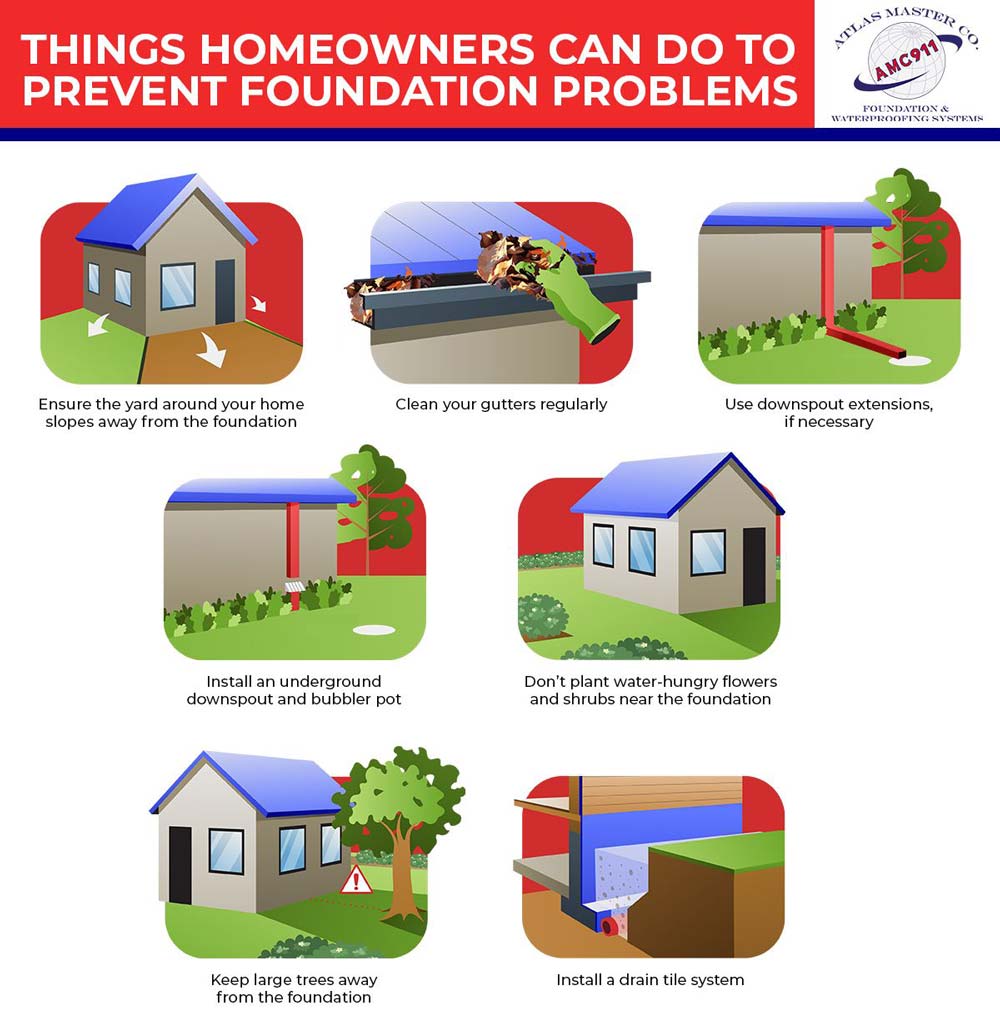
By taking these precautions, homeowners can significantly reduce the risk of foundation problems. These measures are relatively simple and affordable compared to the potential financial burden of repairing a damaged foundation.

